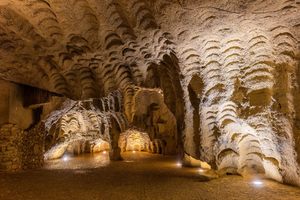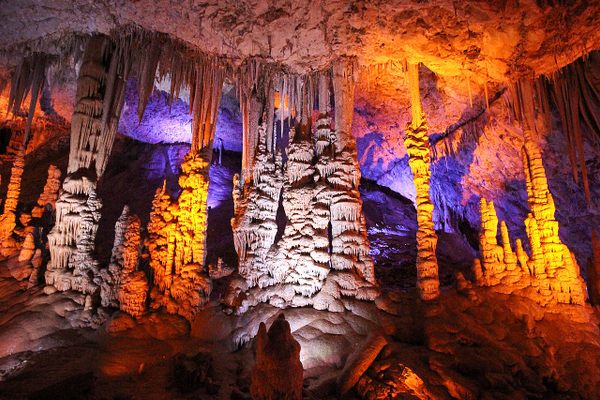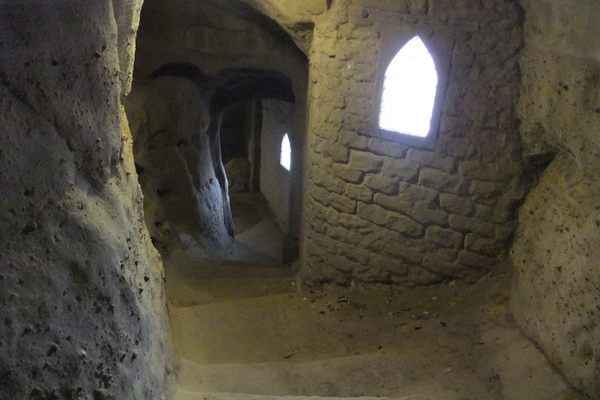About
Sited near the coastal town of Güzelçamlı in western Turkey, the Cave of Zeus lies on the periphery of Dilek Peninsula-Büyük Menderes Delta National Park. While the cave's entrance is visually obstructed by olive trees and wildflowers, it receives a steady circulation of visitors who descend some 50 feet down a stone pathway to reach a cold pool fed by mountain runoff and seawater.
The cave is a sacred point of interest known for its unusual place in local mythology. Legend has it that Zeus would take refuge in the cave whenever he angered his brother Poseidon, ruler of the sea and storms. An enraged Poseidon would whip up a deadly tempest, and Zeus would take cover in this subterranean lair.
Another version of the story says that Zeus would slip away from Mount Olympus to swim with village girls where his wife, Hera, couldn’t find him.
There are multiple so-called Caves of Zeus around the Aegean region, each of which has a fabled tie to the King of the Olympian gods. When visiting this cave, some people bring a cloth, which they wish upon before tying it around an olive tree at the cave's mouth.
Update as of December 2021: The cave is no longer accessible.
Related Tags
Know Before You Go
The Cave of Zeus is a popular hotspot with locals and tourists alike. It’s easily accessible by bus, and a recommended pitstop for visitors to the Dilek Peninsula-Büyük Menderes Delta National Park. The pathway to the pool at the cave’s base is slippery, so it’s advised that visitors take caution during their descent. Some visitors have reported dense crowds and an abundance of trash, in which case it’s not advisable to swim in or drink the water.
Published
September 17, 2019























